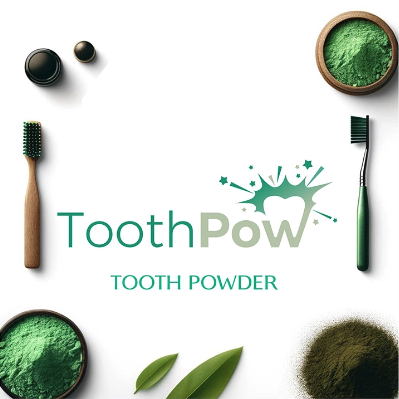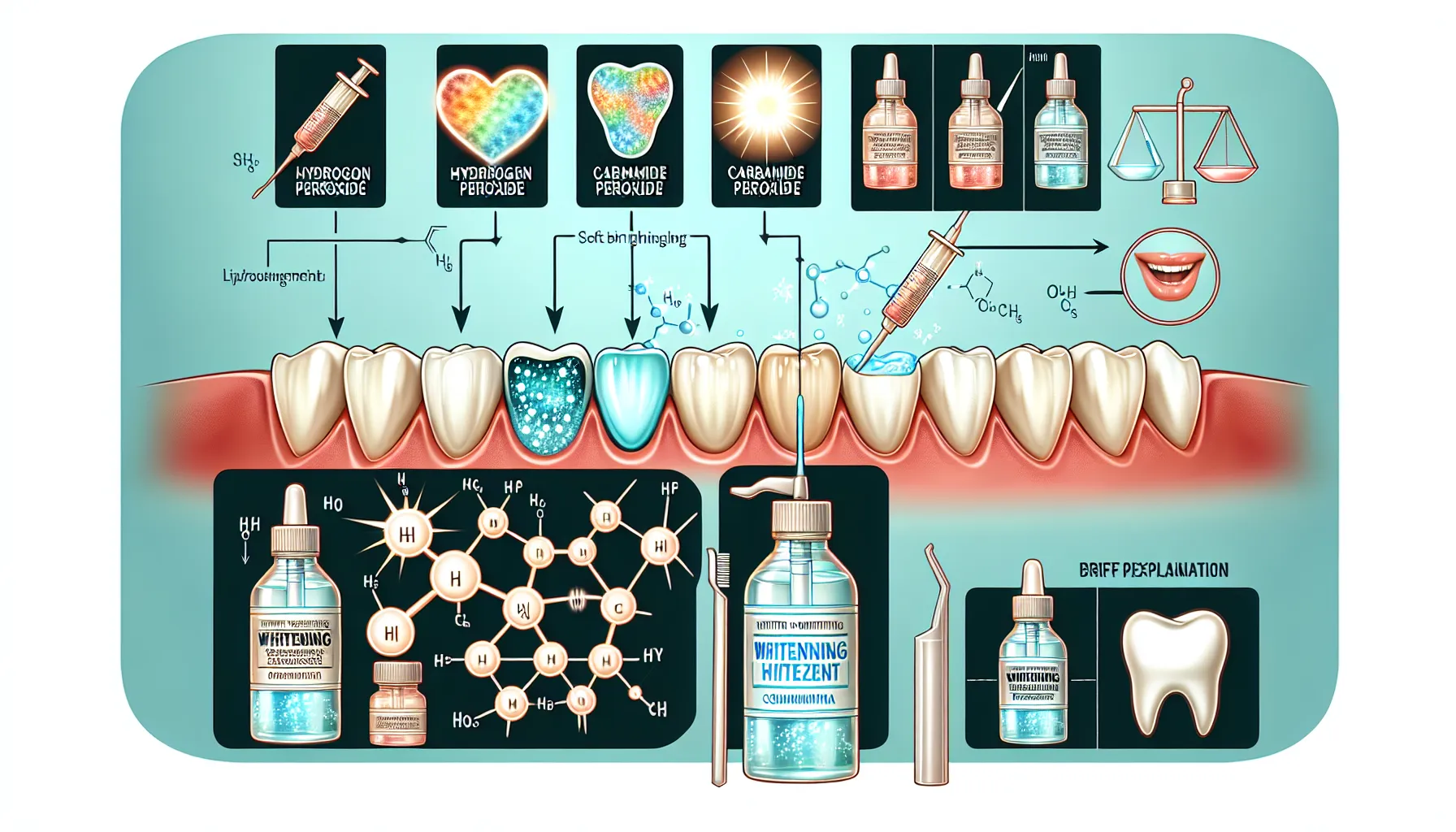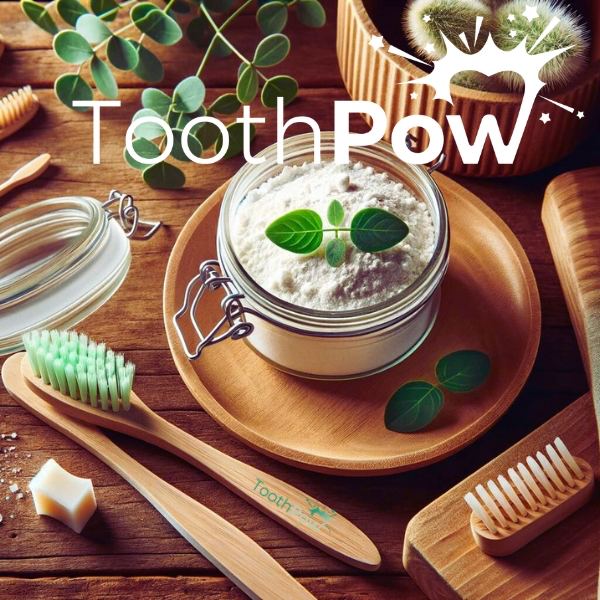The Quest for Natural Teeth Whitening
The quest for a brighter, whiter smile has led many individuals to explore natural teeth whitening methods. While these approaches offer the allure of a chemical-free and cost-effective solution, it's essential to weigh their pros and cons. From activated charcoal and baking soda to oil pulling and fruit peels, a myriad of natural remedies promise to enhance dental aesthetics. However, the efficacy, safety, and potential risks associated with these methods warrant careful consideration. In this exploration, we will delve into the advantages and drawbacks of natural teeth whitening techniques, shedding light on their impact on dental health and overall well-being.
Natural Teeth Whitening
Natural teeth whitening methods have gained popularity as an alternative to professional treatments, but they come with their own set of pros and cons. One popular natural teeth whitening choice, baking soda, has been used for decades, but overuse can lead to enamel abrasions and tooth sensitivity. It's important to use natural methods properly and in moderation to minimize risks. Additionally, some people may experience gum irritation or enamel damage from professional teeth whitening, although these risks are minimal when performed by a licensed dentist. While natural methods may seem convenient and affordable, they can also cause harm if used improperly. On the other hand, professional teeth whitening procedures are generally considered safe and effective. However, it's crucial to consult with a dental professional to determine the right approach for individual dental health. DIY teeth whitening offers convenience and control, but it can also lead to enamel damage and increased tooth sensitivity. While cost-effective, it's essential to weigh the potential risks before deciding on this option. Overall, natural and DIY teeth whitening methods have their benefits.

Advantages of Natural Teeth Whitening Methods
Accessibility and Cost-Effectiveness
One of the primary benefits of natural teeth whitening methods is their accessibility. Many ingredients used for these techniques can typically be found in your kitchen or bathroom cabinet, such as baking soda, coconut oil, and apple cider vinegar. This easy accessibility makes natural whitening a cost-effective alternative to over-the-counter whitening kits or professional dental treatments, which can be expensive.
Low Risk of Chemical Exposure
Another significant advantage is the reduced exposure to harsh chemicals. Commercial whitening products often contain strong bleaching agents like hydrogen peroxide or carbamide peroxide. These substances can cause tooth sensitivity or gum irritation in some people. Natural methods, using milder ingredients, tend to be gentler, posing less risk of such adverse effects.
Environmental and Health Friendliness
Many natural whitening methods are environmentally friendly, as they use biodegradable ingredients that are less harmful to ecosystems. Additionally, they are perceived as healthier for the user. For example, oil pulling with coconut oil not only helps whiten teeth but also has antimicrobial properties that can improve oral hygiene overall.
Complementary Oral Health Benefits
Some natural ingredients used for teeth whitening have ancillary benefits for oral health. For instance, turmeric, which is sometimes used as a natural whitening agent, has anti-inflammatory properties that can benefit the gums. Similarly, raw fruits used for teeth scrubbing, like strawberries, contain natural acids and fibers that can help clean teeth and stimulate the gums.
Next, let's consider some of the downsides to these natural approaches to ensure a balanced view.

Disadvantages of Natural Teeth Whitening Methods
Limited Effectiveness
While natural teeth whitening methods can remove some surface stains, they generally do not offer the same level of whiteness that commercial products or professional treatments provide. Chemical agents like hydrogen peroxide have a more profound effect in penetrating the enamel and breaking down deeper stains. Natural methods often work slowly and can be less effective, especially for significant staining or discoloration caused by medications or certain foods.
Lack of Scientific Support
Many natural whitening methods lack robust scientific backing. For example, while baking soda is widely recognized for its mild abrasive properties that can remove surface stains, claims about the effectiveness of fruits like strawberries or remedies like oil pulling require more scientific research to verify their efficacy and safety in teeth whitening.
Potential for Misuse and Overuse
The misuse or overuse of natural whitening methods can lead to dental issues. Abrasive substances like baking soda can wear away enamel if used too frequently or aggressively. This enamel erosion can lead to increased tooth sensitivity and make teeth more susceptible to decay. Similarly, acidic natural products like lemon juice can cause more harm than good by eroding tooth enamel.
Inconsistency in Results
Natural teeth whitening methods often produce inconsistent results, which can be frustrating for users. Factors such as the type and severity of tooth stains, the natural color of one's teeth, and individual dietary habits can significantly influence the effectiveness of natural whitening methods. Unlike standardized commercial products, the preparation and application of natural remedies can vary widely, leading to unpredictable outcomes.
Understanding these drawbacks helps in setting realistic expectations when considering natural teeth whitening methods. Next, we will discuss how to safely use these methods and what measures can be taken to minimize risks.

Comparison with Chemical Whitening
When it comes to teeth whitening, there are various approaches available, including natural teeth whitening methods and chemical whitening products. Natural teeth whitening methods, as highlighted in sources such as Forbes and Chestnut Dental, emphasize the use of ingredients like activated charcoal, baking soda, and hydrogen peroxide to remove surface stains from teeth. These methods are often touted as more affordable and gentler alternatives to professional chemical whitening treatments.
However, it's important to note that while natural teeth whitening methods may seem convenient and cost-effective, they also come with potential risks. According to Chestnut Dental, improper use of natural remedies can lead to harm to teeth and gums. Additionally, the effectiveness of natural methods in addressing deeper stains or discoloration caused by medications or genetics is still a subject of limited scientific evidence, as mentioned in Powers Dental Group's insights.
On the other hand, chemical whitening products, whether in-office treatments or over-the-counter solutions, rely on bleaching agents to lighten tooth shade. While these products are often considered effective, their cost and potential for causing sensitivity or enamel damage are noted as barriers by Forbes. Professional teeth whitening procedures, as highlighted by Chestnut Dental, are generally regarded as safe and effective for improving the appearance of teeth, provided they are administered by licensed dental professionals.

Safe Usage and Precautions for Natural Teeth Whitening
Consultation with a Dental Professional
Before beginning any natural teeth whitening regimen, it is crucial to consult with a dentist. This step ensures that the chosen method is appropriate for your specific dental health needs. A dentist can also advise whether your teeth and gums are healthy enough to withstand the natural whitening process without causing damage.
Moderation is Key
Natural methods should be used sparingly to minimize the risk of enamel erosion and tooth sensitivity. For example, using baking soda as a teeth whitener should not exceed more than once a week. Similarly, acidic natural ingredients like lemon or apple cider vinegar should be diluted and used infrequently to avoid enamel damage.
Proper Application Techniques
When using natural substances for teeth whitening, ensure that they are applied gently. Harsh scrubbing or excessive force can wear away the enamel. It's important to use a soft-bristled toothbrush and gently brush the teeth with the natural substance. After using acidic products, rinsing the mouth with water and waiting at least 30 minutes before brushing with regular toothpaste can help protect the enamel.
Monitoring Effects
Keep an eye on the effects of natural whitening methods on your teeth and gums. If you notice increased sensitivity, gum irritation, or any adverse changes in your oral health, discontinue use immediately and consult your dentist. It's important to remember that not all natural remedies are suitable for everyone, and what works for one person may not work for another.
Combining Natural Methods with Good Oral Hygiene
For the best results, natural whitening methods should be part of a comprehensive oral hygiene routine that includes regular brushing, flossing, and dental check-ups. Maintaining good oral hygiene helps prevent new stains and supports overall dental health.
By adhering to these guidelines, you can safely explore the benefits of natural teeth whitening while minimizing potential risks. Next, we'll explore the future directions in natural teeth whitening and what new developments might be on the horizon.

Expert Opinions
According to Forbes Health, the opinions expressed in their article on natural teeth whitening are those of the author alone and have not been provided, approved, or endorsed by advertisers. They also emphasize the importance of consulting with a dental professional before trying any new method of tooth whitening to ensure oral health safety. Additionally, the article from Powers Dental Group suggests that the best teeth whitening option depends on individual needs and budget, highlighting the popularity of natural alternatives due to concerns about sensitivity or enamel damage. On the other hand, Chestnut Dental outlines the risks associated with natural teeth whitening products and provides insight into common natural methods, positioning them as safer alternatives to professional treatments. InterDent's article, while not providing specific opinions, offers a copyright notice indicating their expertise in the dental field.

Future Directions in Natural Teeth Whitening
Innovations in Natural Ingredients
Research into natural teeth whitening continues to evolve, with new ingredients and combinations being explored for their efficacy and safety. Scientists are looking into more advanced natural compounds that can provide better whitening effects without compromising tooth health. For example, developments in herbal formulations and the use of enzyme technology may offer more effective stain removal and enamel protection.
Integration with Technology
The future of natural teeth whitening could see a greater integration with technology. This might include the use of apps to track the progress of natural whitening treatments or devices that enhance the effectiveness of natural ingredients through controlled application methods. There is also potential for the development of natural ingredient-infused products, such as toothbrushes or mouth rinses with built-in whitening properties.
Enhanced Product Formulations
As the demand for natural and organic products grows, companies are likely to invest more in improving the formulation of natural teeth whitening products. This could lead to products that are not only more effective but also cater to a broader range of oral health needs, including sensitivity and gum health.
Regulatory and Clinical Advancements
With the increase in popularity of natural teeth whitening methods, there may be more regulatory oversight to ensure these products are safe and effective. Clinical trials could become more prevalent to substantiate the claims made by natural whitening products, providing consumers with assurance regarding their efficacy and safety.
Education and Awareness
As new natural whitening methods are developed, there will be a greater need for consumer education and professional training to ensure these methods are used correctly. Dentists and dental hygienists may receive more training on natural whitening agents as part of their continuing education, helping them to better advise their patients on safe and effective options.
By staying informed about these future directions, consumers can make better choices about natural teeth whitening methods, balancing their desire for whiter teeth with the need to maintain good oral health.
Conclusion
The journey towards achieving a brighter smile naturally is marked by a balance between effectiveness and oral health. Natural teeth whitening methods offer a gentler alternative to chemical treatments, catering to those who prioritize organic and holistic health approaches. However, it is essential for users to weigh the pros and cons carefully.
Advantages of Natural Whitening:
Health-Conscious Choice: Natural methods typically use ingredients that are safe and pose minimal risk to oral health, making them an ideal choice for those with sensitive teeth or who prefer organic lifestyles.
Environmental Impact: These methods are often more environmentally friendly, lacking harsh chemicals that can contribute to pollution.
Holistic Benefits: Many natural ingredients used in teeth whitening also provide additional health benefits, such as antibacterial properties and essential minerals for enamel strengthening.
Challenges and Considerations:
Varying Efficacy: The results of natural whitening can vary significantly from person to person, depending on the cause and severity of tooth discoloration.
Longer Timeframe for Results: Natural methods generally take longer to achieve noticeable whitening compared to chemical alternatives.
Lack of Immediate Results: For those seeking immediate changes, natural methods may not provide the quick transformation often desired.
As research progresses and new products are developed, potential users should stay informed and consult with dental professionals to choose the best method suited to their needs. By doing so, they can ensure not only the aesthetics of a whiter smile but also the health of their teeth and gums. In the end, the goal is not just a brighter smile but sustained oral health and overall wellness.
When considering natural teeth whitening methods, it's important to weigh the pros and cons. While natural methods may offer gentler alternatives to chemical treatments, they may also have limitations in terms of effectiveness and speed. It's crucial to research and consult with dental professionals before trying any natural teeth whitening methods to ensure safety and efficacy.
For more information on safe and effective teeth whitening products, visit. ToothPow To explore a range of options and make an informed decision for your dental care needs.


